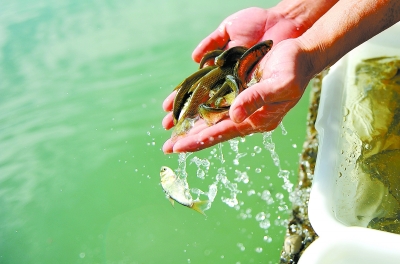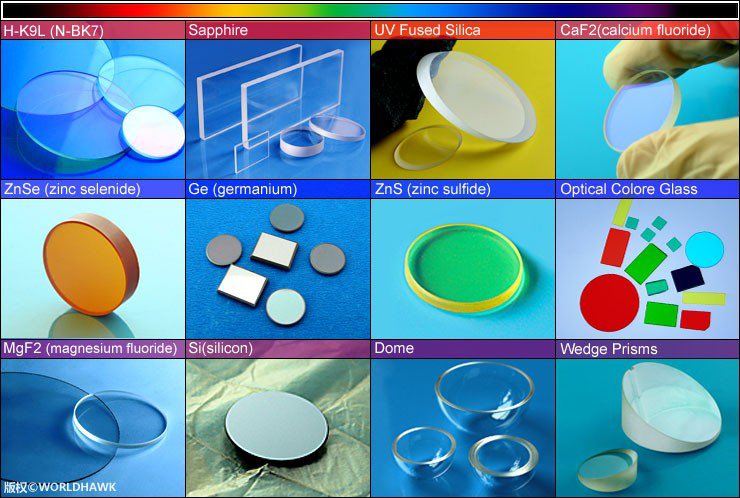 The technical requirements of the aquaculture industry are very strict. In order to increase the survival rate of fingerlings of fingerlings, the following technical requirements must be strictly observed regardless of the type of tool and transportation method used during the transportation of fry and fingerlings.
The technical requirements of the aquaculture industry are very strict. In order to increase the survival rate of fingerlings of fingerlings, the following technical requirements must be strictly observed regardless of the type of tool and transportation method used during the transportation of fry and fingerlings. First, physique requires good constitution of fry and fingerlings should be the same specifications, body shape, back full, full scale fins intact, swimming and lively.
Second, pull the net to exercise fry should be visible to the naked eye out of the Qi, open to eat, the body was light black when the shipment. If the transport time is more than 12 hours, the body color should be lighter. If the hatching takes a long time and the body color has turned black or the spots are still not clear, it is not suitable for long-distance transportation. One or three days before the start of the fish species, the net must be exercised to allow the fish to empty the intestines and reduce the surface mucus in advance. The body is strong, the habit is intensive, and it is suitable for long-distance transportation, so as to keep the water quality in transit and improve the survival rate of transportation. . In general, long-distance transportation requires intensive training 2-3 times, and short-distance transportation can be done once.
Third, the temperature requirements The temperature of the water for fry and fingerlings is generally 8-22°C. The lower the temperature, the better. The temperature of the transport fry should be controlled at 10-20°C and the fish species should be controlled at 8-15°C. Below 0 °C, it is not suitable for transport. During high temperatures in summer, ice can be used to cool the transport.
Fourth, the water quality requirements Transportation water requirements Clean water, high dissolved oxygen, non-toxic, odor-free, free from any pollution. When the water needs to be changed during the journey, the amount of water to be exchanged is generally not more than 1/2 and not more than 2/3 at most, so as to prevent sudden changes in the water environment. When reaching the destination pond, the water temperature should be measured. The difference between the temperature of the transported fish fry and the temperature of the pond water must not exceed 2 °C, and the difference between the temperature of the transported fish fry and the temperature of the pond water must not exceed 5 °C. In addition can put a certain amount of salt in the transport water, so that the salt concentration of the water up to 1.5 times, in order to regulate the osmotic pressure of the fish in vitro and in vivo and prevent fish bleeding and infection; or pre-loaded with penicillin or streptomycin animal 400-800 million international units per cubic meter of water to prevent the occurrence of fish diseases and deterioration of water quality during transportation.
5. The oxygen requirement ensures that the fry and fingerlings have sufficient oxygen during transportation. In addition to the oxygenation of the seal, oxygen can be generally used in the form of water, air, water, and water changes. Conditions can be equipped with oxygen bottles with oxygen and equipped with hydrogen peroxide, aerobic spirit and other aerobic drugs.
6. Density Requirements Prior to shipment, it is best to do a load density test and select the appropriate density as a reference. For example, when the water temperature is around 20°C and the fortune is between 6 and 8 hours, 0.4 to 3 cubic meters of canvas can carry approximately 1 to 150,000 fry or about 5 to 7 centimeters of fry about 1 to 12 thousand fish.
In addition, baits should not be fed during transport so as not to affect the quality of water and oxygen consumption and increase the mortality rate of transportation. At the same time, transportation time and weather should also be considered. Low-pressure and hot weather should not be transported.
Product Family Description
Available Uncoated or with Broadband Anti-Reflection Coatings
Ideal for Cost Sensitive Broadband Applications
Sizes Ranging from 1mm to 300mm Diameter
UV Fused Silica Windows are precision manufactured using UV-grade synthetic fused silica. In addition to superior transmission, the synthetic fused silica of these optical windows exhibit higher thermal properties, exceptional purity, and excellent environmental durability for demanding applications.
UV Windows and IR Windows are Optical Windows designed for optimal performance in the Ultraviolet (UV) and Infrared (IR) spectrums. UV Windows are used in many laser applications. IR Windows are ideal for use in FTIR spectroscopy, in addition to thermal imaging, FLIR, or medical systems. Optical Windows do not introduce optical magnification into a system. Optical Windows should be chosen based on the substrate`s mechanical or optical properties.
Substrate options include materials such as UV Fused Silica, Calcium Fluoride (CaF2), Magnesium Fluoride (MgF2), Potassium Bromide (KBr), Sapphire, Silicon (Si), Sodium Chloride (NaCl), Zinc Selenside (ZnSe), or Zinc Sulfide.


Anti-Reflection Fused Silica Windows,Fused Quartz Windows,Uv Fused Silica Window,Uv Fused Silica Wedged Windows
ChangChun Worldhawk Optics Co.,Ltd , https://www.worldhawk-optics.com